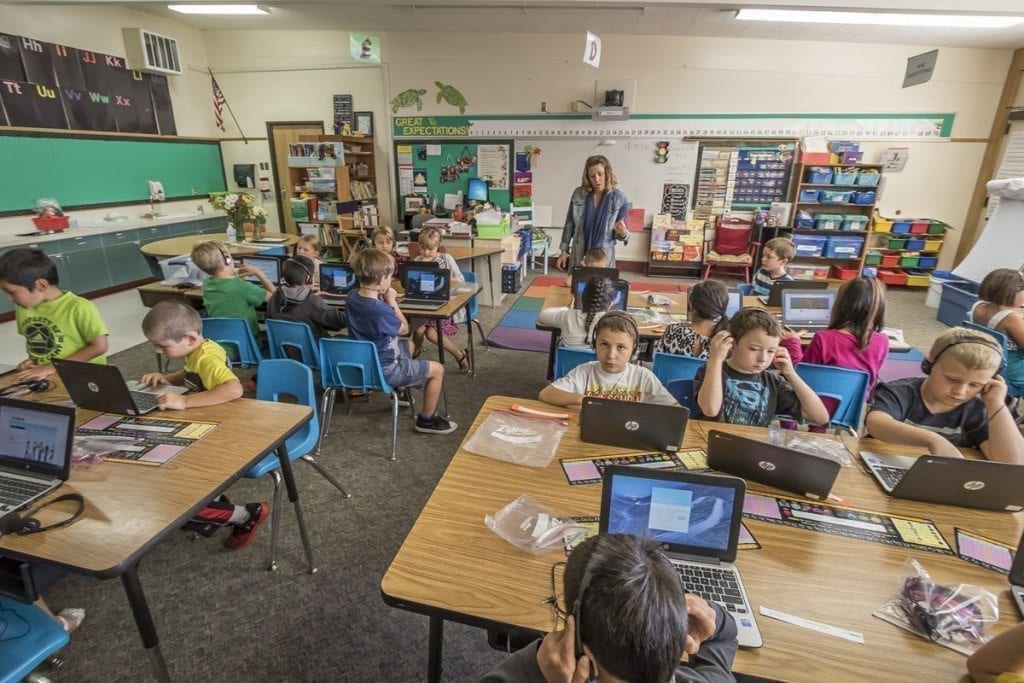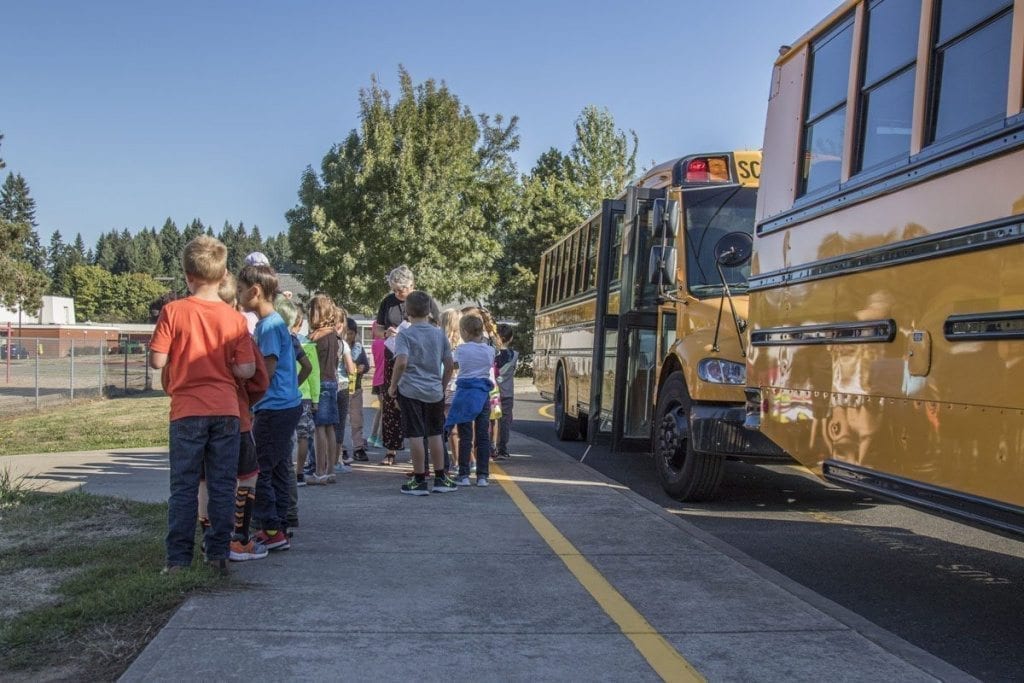BATTLE GROUND — During a regular meeting of the Battle Ground School Board of Directors on Dec. 12 school board members voted to approve Resolution P-16, electing to place a four-year replacement Maintenance and Operations Levy on the Feb. 14, 2017, special election ballot.
School board members approved the decision in a 3-2 vote, with board members Monty Anderson, Jim Pegoraro and Mavis Nickels voting in favor, and Ken Root and Stephanie McClintock voting against.
If approved, the proposed levy would replace the existing levy that voters approved back in 2013. The current levy will expire on Dec. 31, 2017.

If approved by voters, the four-year replacement levy will collect $31.68 million for the district in 2018; $33.26 million in 2019; $34.93 million in 2020; and $36.67 million in 2021.
“The district’s tax rate for 2016 was $3.66 and the board made a conscious effort to maintain that tax rate (over the four years of the replacement levy),” said MaryBeth Lynn, assistant superintendent of finance and school operations. “The totals (amount collected) go up each year, but we plan to maintain that $3.66 tax rate. The assumption is that growth will continue in the Battle Ground School District area and will keep the tax rate steady.”
Lynn said they used a “very conservative” 5 percent growth estimate to predict the tax rate for each year. She said the district saw 14 percent growth this year, so growth could potentially be more than 5 percent each year, which could decrease the tax rate even further.
At the $3.66 tax rate, the estimated tax on a property assessed at $250,000 is $915 per year.

In an informational pamphlet about the replacement levy that will soon go out to residents in the district, the levy funds are broken down to show where they are spent in the district each year. According to this information, $29.8 million is spent on staff, educational programs and transportation; $1.8 million is spent on technology, security and communications; $3.5 million is spent on teaching and learning and student activities; and $1.5 million is reserved for maintenance, grounds and asset preservation.
Currently, levy funds are primarily used for school staff and staff salaries, said Lynn and Superintendent Mark Hottowe.
“The Legislature says it isn’t constitutional for school districts to pay their teachers out of levy funds, but pretty much every district in the state uses levy funds for that,” Hottowe said.
According to the levy information, levy funds help keep class sizes small by providing an additional 260 teachers and school and district support staff above what the state funds. Some examples used in the informational pamphlet to illustrate this include an additional 92 certificated staff that the levy funds over the 466.5 funded by the state; 10 nurses funded by the levy over 1.77 funded by the state; 20 psychologists covered by the levy over the .29 funded by the state and others.
“These are positions that are extremely important to the schools,” said Rita Sanders, communications manager for the district.
“These are all staff that are necessary to have,” Lynn said. “The state wants us to be able to maintain smaller class sizes, but where are the funds?”

Another obstacle that could potentially create some difficult waters for the district is the Levy Lid Act. Currently, the Levy Lid for the Battle Ground District is 28 percent, meaning that revenues raised by the district from local tax levies cannot exceed 28 percent of the district’s state and federal revenues.
However, Hottowe said the Legislature has talked of pulling the Levy Lid back to 24 percent. He said the board discussed at length whether they should run the levy at the current 28 percent or at the 24 percent, and the decision was made to run at the 28 percent. If the Legislature does decide, however, the push the Levy Lid to 24 percent, Hottowe said the district would need to make some “harsh cuts.”
The district’s decision to place the replacement levy on the February ballot comes right on the heels of the failure of the $80 million bond that was on the November General Election ballot. Hottowe said that the district still would have chosen to run the levy on the February ballot even if the bond had passed, as bonds and levies are only allowed to be used for two completely different things (bonds for new buildings/facilities, levies for maintenance and operations).
Unlike bonds that require a 60 percent supermajority to pass, levies in the state of Washington only require a simple majority of 50 percent plus 1 to pass.
“The bond was new money,”Hottowe said. “This (the replacement levy) is not new money, there is no new additional tax. I hope that community members will understand the significant impact it (the levy funds) will have on this district in terms of the learning environment. If the levy fails, we will have to make significant cuts and those cuts will directly affect the classrooms. I’m hopeful that the community will choose to become informed about this levy and what the funds are used for.”
“The teachers are the most significant portion of what the levy funds,” Hottowe continued. “If the levy fails, it will gut the teachers, most of the cuts we will need to make will be with staff. Staff who are in direct contact with the kids.”
The last time the Battle Ground School District put a levy on an election ballot was in 2013. It was first on the February 2013 ballot and failed, it then passed when it was placed on the April 2013 ballot. The last time the district went a year without any levy funds was in 2008, which Lynn and Hottowe said put the district in a hole that they are just now starting to come out of.
“When a levy fails, there are still certain services that you have to be able to provide, you have to keep the lights on,” Hottowe said. “That money then starts to come out of (the district’s) General Fund and it eats away dramatically at our fund balance. We have one of the smallest fund balances that I’ve ever seen in a district, and it’s not because we’re not frugal with our money.”
“We use the money (levy funds) for the same things that all of the school districts in the state use the money for,” Lynn said. “Levies are keeping the school doors open.”
Information pamphlets about the replacement levy will be sent out to residents of the school district within the next couple of weeks. The district will also soon have information about the levy up on its website, www.battlegroundps.org.




